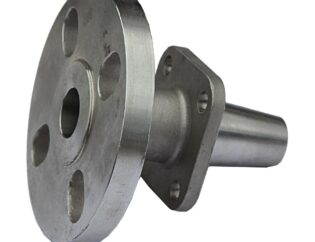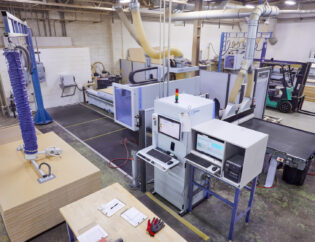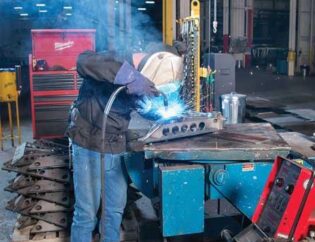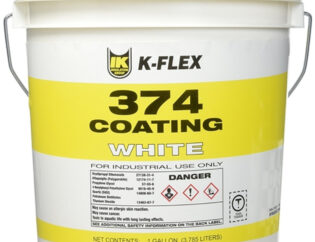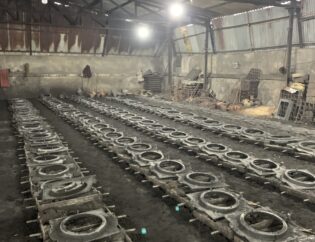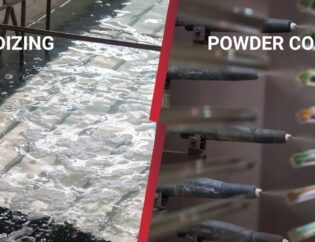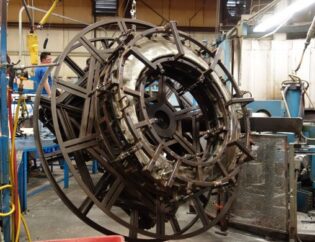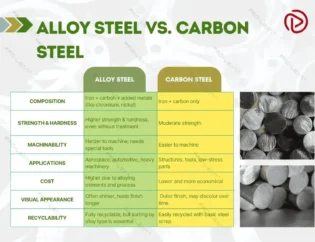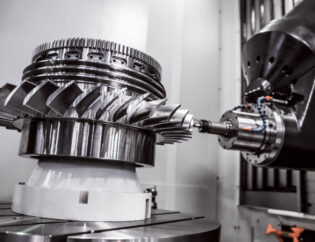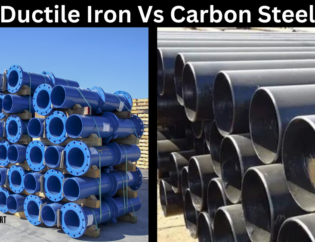Carbon fiber CNC machining represents a significant advancement in manufacturing technology, combining the lightweight, high-strength properties of carbon fiber with the precision of CNC processes. This guide delves into the intricacies of working with carbon fiber, exploring its applications across various industries, from aerospace to automotive.
Readers can expect to learn about the unique characteristics of carbon fiber, the benefits of CNC machining, and best practices for achieving optimal results. We will cover essential techniques, tools, and safety measures, ensuring a comprehensive understanding of the subject.
Additionally, this guide will provide insights into common challenges faced when machining carbon fiber and effective solutions to overcome them. By the end, readers will be equipped with the knowledge to confidently approach carbon fiber CNC projects, enhancing their skills and expanding their capabilities in this innovative field.
“`markdown
Carbon Fiber Material for CNC: Everything to Know
Introduction
Carbon fiber is a high-performance material widely used in CNC machining due to its exceptional strength-to-weight ratio, rigidity, and resistance to various environmental factors. Carbon fiber CNC machining is particularly popular in industries like aerospace, automotive, electronics, and sporting goods, where precision and material performance are crucial. This guide covers everything you need to know about carbon fiber CNC machining, from types and properties to applications and machining techniques.
Technical Features of Carbon Fiber
Carbon fiber exhibits unique properties that make it suitable for various applications. Below is a comparison table highlighting its technical features:
| Feature | Description |
|---|---|
| Tensile Strength | High tensile strength, ideal for structural applications. |
| Compressive Strength | Good compressive strength, allowing it to withstand high loads without deforming. |
| Flexural Strength | Excellent resistance to bending forces, suitable for applications requiring rigidity. |
| Thermal Conductivity | Low thermal conductivity, necessitating careful heat management during machining. |
| Electrical Conductivity | Conductive nature, beneficial for electronic applications. |
| Dielectric Strength | Good dielectric strength, suitable for electrical insulation applications. |
Types of Carbon Fiber
Understanding the different types of carbon fiber is essential for selecting the right material for your CNC machining projects. Each type has unique properties and applications. The following table summarizes the various types of carbon fiber:
| Type | Description |
|---|---|
| Short Carbon Fiber | Chopped or milled fibers, providing good strength and stiffness for non-directional applications. |
| Long Carbon Fiber | Includes unidirectional and woven fibers, offering high strength and flexibility for critical applications. |
| Carbon Fiber Reinforced Polymers (CFRP) | Combines carbon fiber with a polymer matrix, enhancing versatility and performance. |
Applications of Carbon Fiber in CNC Machining
Carbon fiber’s versatility and performance make it suitable for various CNC machining applications:
- Structural Components: Carbon fiber is used in machine frames, spindle housings, and tool changers due to its high strength-to-weight ratio.
- Covers and Enclosures: Its durability and resistance to impact make it ideal for machine doors and chip shields.
- Workholding: Carbon fiber fixtures and chucks enhance machining precision while reducing setup times.
Machining Techniques for Carbon Fiber
Machining carbon fiber requires specialized techniques and equipment due to its abrasive nature and low thermal conductivity. Here are some common methods:
– CNC Milling: Utilizes high spindle speeds and diamond-coated tools to achieve clean cuts.
– CNC Turning: Offers predetermined dimensional tolerances on components with circular surfaces.
– Drilling: Requires special drill bits to prevent delamination and ensure precision.
– Waterjet Cutting: An effective method that minimizes dust and provides clean cuts without special tooling.
Conclusion
Carbon fiber is an exceptional material for CNC machining, offering a combination of high strength, low weight, and excellent rigidity. However, due to its unique properties, machining carbon fiber requires specialized techniques and equipment to avoid issues like dust generation, tool wear, and heat management. With the right approach, carbon fiber CNC machining can produce high-quality, precise components suitable for a wide range of applications.
FAQs
1. What industries commonly use carbon fiber CNC machining?
Carbon fiber CNC machining is widely used in aerospace, automotive, electronics, and sporting goods industries due to its strength and lightweight properties.
2. How does carbon fiber compare to traditional materials?
Carbon fiber offers a superior strength-to-weight ratio compared to traditional materials like aluminum and steel, making it ideal for applications where weight reduction is critical.
3. What are the challenges of machining carbon fiber?
Machining carbon fiber presents challenges such as dust generation, tool wear, and heat management, requiring specialized techniques and equipment.
4. Can carbon fiber be recycled?
While recycling carbon fiber is challenging, advancements in technology are being made to improve the recycling process and reduce waste.
5. Where can I find more information about carbon fiber machining?
For more insights, you can explore resources from domains like astrocnc.com, www.cnccookbook.com, proleantech.com, at-machining.com, and www.cnc-step.com.
“`

